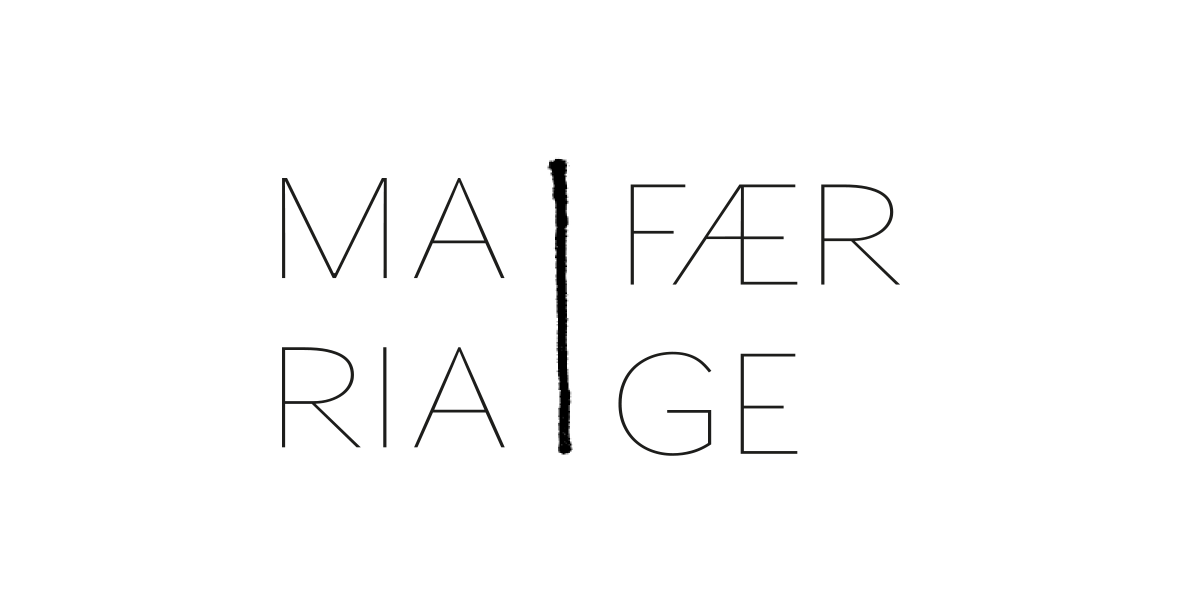The danish ghetto law affects our society both socially and environmentally. Gellerup in Aarhus is on the list of the hardest ghetto areas in Denmark, and as a consequence, several of the buildings are being demolished. According to political intentions based on the “ghetto” law, Gellerup is currently being transformed from a socially vulnerable residential area into a more attractive and integrated part of Aarhus. The transformation is an example of a new comprehensive plan of both physical and social.
project framing




THESIS PROGRAMME
WRITTEN BEFORE DEVELOPING THE PROJECT
Photographs of the current conditions






mapping of physical and social context

MAPPING OF PLANNED DEMOLITIONS

MAPPING OF SOCIAL ORGANISATIONS
According to political intentions based on the “ghetto” law, Gellerup is currently being transformed from a socially vulnerable residential area into a more attractive and integrated part of Aarhus. The transformation is an example of a new comprehensive plan of physical and social efforts. The research underlines the importance of including the social context. Social communities can increase peoples’ belief and awareness of their own resources and opportunities and strengthen their ability to interact in society.
The investment in social efforts and residents’ engagement in the local community is what inspired me to develop this project. Gellerup contains 50 different associations, and several residents participate voluntarily.
Livsværkstederne, one of the associations, is the aspiration, and therefore I looked into the possibility of further developing the concept. The project mainly focuses on vulnerable people struggling with loneliness, abuse, mental health problems, and language and integration difficulties.
Due to the Corona pandemic, the cafe closed which inspired Livsværksteder to establish the new concept “Social drive out” to preserve the social relationship. As a result of the concept a new unexcepted but positive interaction was raised across different layers of society which is the inspiration behind creating both a social and public cafe.
Hejredalskollegiet · current conditions
Hejredalskollegiet, the site, is a former student dormitory and consists of 11 identical building complexes with 264 rooms. It was built in 1968 - 1972 in connection with the rest of Gellerup. The dormitory has been vacant since Aarhus Municipality gained ownership in 2014. As a part of the comprehensive plan for developing the area, the buildings are planned to be demolished.
2 in 1 project
The project contains two sides, the architectural design, and the demolition process, to address the social and physical context. The architectural design is informed by the resources from the demolition process.
The motivation is that architecture must be changeable as our society is constantly changing. Architecture is not only shaped by aesthetic considerations but also a result of societal and climatic challenges. The challenge we face today is that construction accounts for a large part of the total resource consumption in Denmark. Waste of resources during construction is common, and there needs to be more focus on resource efficiency and circular material use. Therefore, resource registration is an important design principle for the project.
building and resssource registration · recycling processes






THE RECYCLING PROCESS OF WOODEN PANELS
WITH THE USE OF A LOCAL WORKFORCE
Due to vandalism, there is a lot of broken glass, both tempered glass and window glass. It inspired me to explore the possibility of recycling it instead of seeing it as waste. In the workshop, I experimented with broken glass and made terrazzo floor samples by replacing stone aggregate with broken glass.
Design proposal

Plan of current condition

New plan of ground floor

New plan of second floor
It is an experimental and conceptual project that tries to accommodate social and environmental sustainability by transforming the abandoned student dormitory in Gellerup into a community space. The idea is to support and enhance the area's social qualities, thereby contributing to better integration. Environmental sustainability is addressed by introducing recycling of the existing materials as a design strategy, and a design there can be developed by a local workforce.
// Thesis project at KADK 2021
